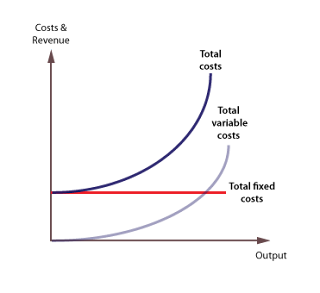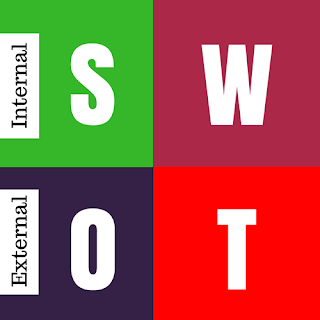Decoding Production Costs: A Comprehensive Guide for Students
Introduction
In the branch of economics, cost of production is an important concept which makes it easy for the business as well as students to determines the overall cost of producing goods and services. For students who are struggling to complete their assignments on this topic, EssayTips erects a helping hand. As an assignment writer, we cater to the needs of university, college, and school going students in different subjects of their choice such as economics. In this blog, I will discuss what costs represent and explain the differences between short-run and long-run costs and the nature of average, marginal, total, fixed, and variable costs.Concept of Costs
Overhead costs refer to the costs that firms bear while creating goods and services. There are however several ways of categorizing these costs according to their behaviour and time horizon.Short-Run and Long-Run Costs
Short-Run Costs: In the short run, one factor of production is immovable or is a fixed element of the cost structure. That means businesses cannot adjust every input at the same time or instantly. Therefore, in the short-run costs are classified under fixed costs and variable costs.Fixed Costs (FC): These are expenses that are not directly related to the production level of goods or services. They include rent, salaries, insurance, and others.
Variable Costs (VC): These costs rise and fall in line with production levels. They include direct materials, direct rent or rates, direct wages and salaries or other direct expenses of production.
Long-Run Costs: In the long run, all factors of production are variable, meaning that firms have the flexibility to change all the inputs. Long-run cost is more focused with the idea of identifying the most suitable input that can be used to cater the cost for any quantity produced.
Average and Marginal Costs
Average Cost (AC): Total cost of production divided by number of units produced is the cost per unit of output. It assists in determining cost advantages or disadvantages of various methods of production in businesses. undefinedAverage Fixed Cost (AFC): They mean fixed cost incurred per unit of output.
Average Variable Cost (AVC): It is known as variable cost per unit of output.
Average Total Cost (ATC): This is the total cost per unit of output which is arrived at by adding AFC and AVC.
Marginal Cost (MC): This is the extra cost that is incurred in producing one more unit of output. It is important for managers to understand as it helps firms to establish the optimum level of production for maximum profit.
Total Costs, Fixed Costs & Variable Costs
Total Cost (TC): Manufacturing cost or total cost of production, both the fixed costs and variable costs.Total cost = Fixed cost + Variable cost
Fixed Cost (FC): Expenses that are not dependent on the quantity of goods produced by the business.
Variable Cost (VC): Those costs that vary with the scale of production in a direct and proportional manner.
Conclusion
Acquiring information about the cost of production is valuable to any student and business organization. It gives an understanding of how the resources are employed and how can enhance the production line to enhance the efficiency of the costs. At EssayTips, our mission is to assist the students in achieving academic success in their economics assignments through offering enhanced tips as well as well-integrated solutions.FAQ
Q1: What is cost of production?A1: Cost of production is the amount of expenditure that a firm bears in the process of producing commodities and services. They consist of total fixed costs, which remain constant and do not alter with output levels, and total variable costs which vary with output levels.
Q2: In your own words, what do you understand by short-run and long-run costs?
A2: In the short run, at least one factor of production is considered as being fixed, hence resulting to fixed and variable costs. All the inputs in the long-run are variable and hence firms are in a position to change all the factors of production to minimize costs.
Q3: What do you understand by average and marginal costs?
A3: Average cost is the total cost of production divided by the quantity of output, this includes average fixed and average variable costs. Marginal cost also known as marginal cost of output refers to the cost incurred in producing one extra unit of output.
Q4: What is the link between total, fixed and variable costs?
A4: Total cost is the combination of fixed costs and variable costs. Fixed costs do not alter with output while variable costs are subject to variations depending on the level of output.
Q5: Why do businesses need to calculate the cost of production?
A5: Understanding production costs enables the business organizations to manage its resources effectively, avoid inefficiencies and make a right decisions on levels of production in order to enhance its profitability.
Looking for professional help with your economics assignments, their analysis or solution, you are welcome at EssayTips. We are the team of professional assignment writers, and we are here to assist you with your academic projects.
WATCH MORE



Comments
Post a Comment